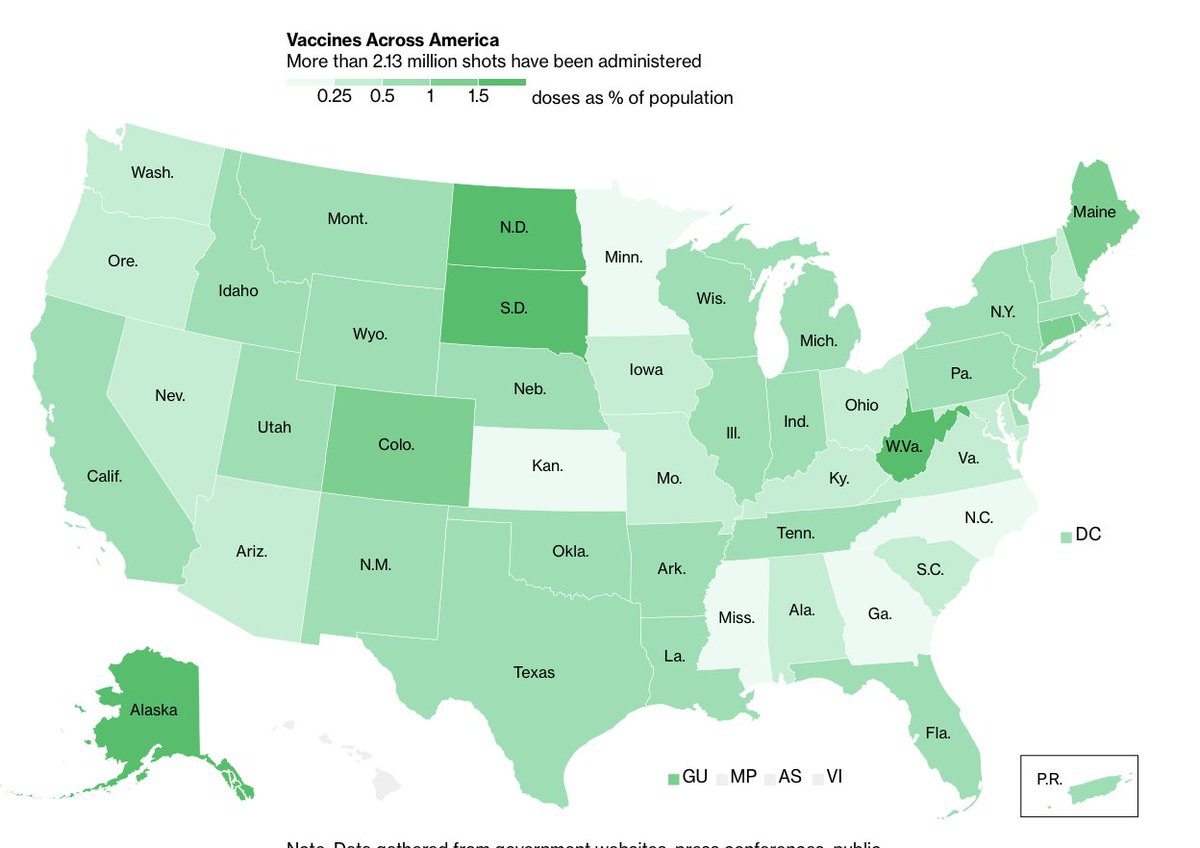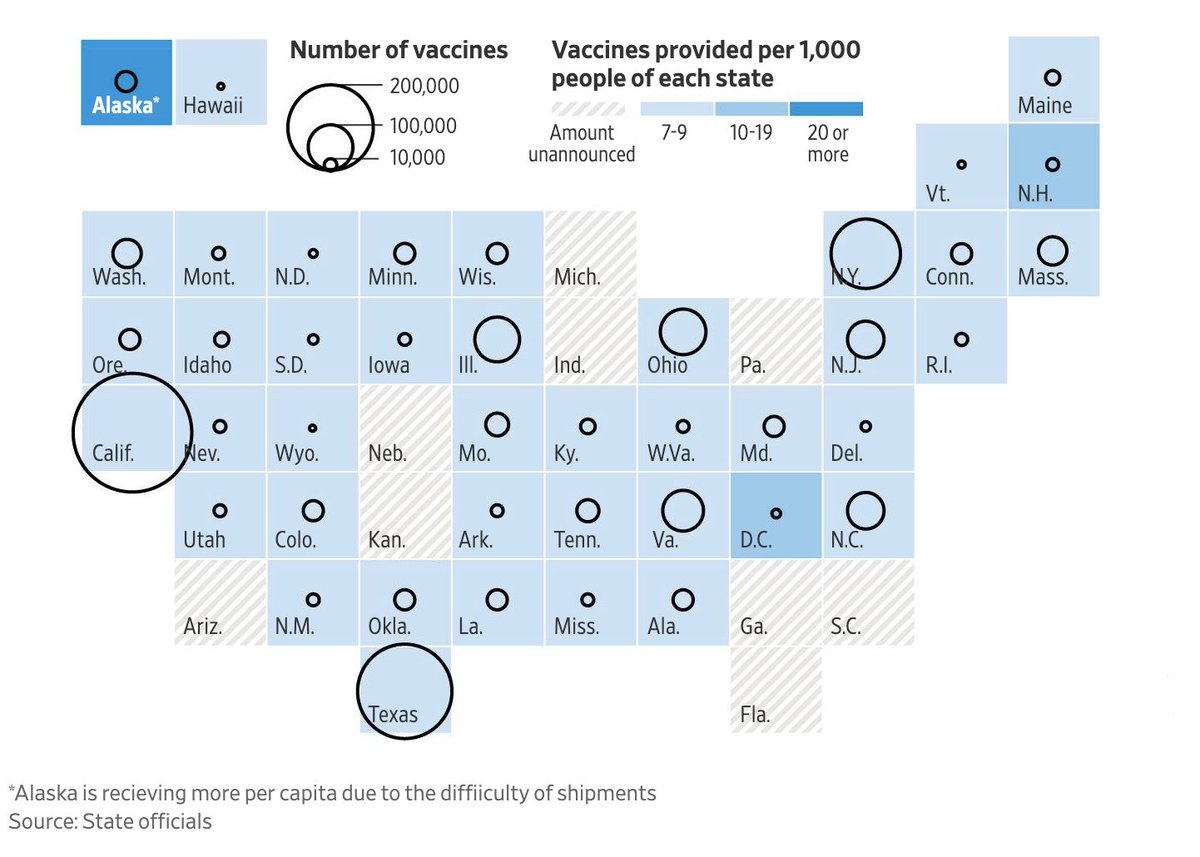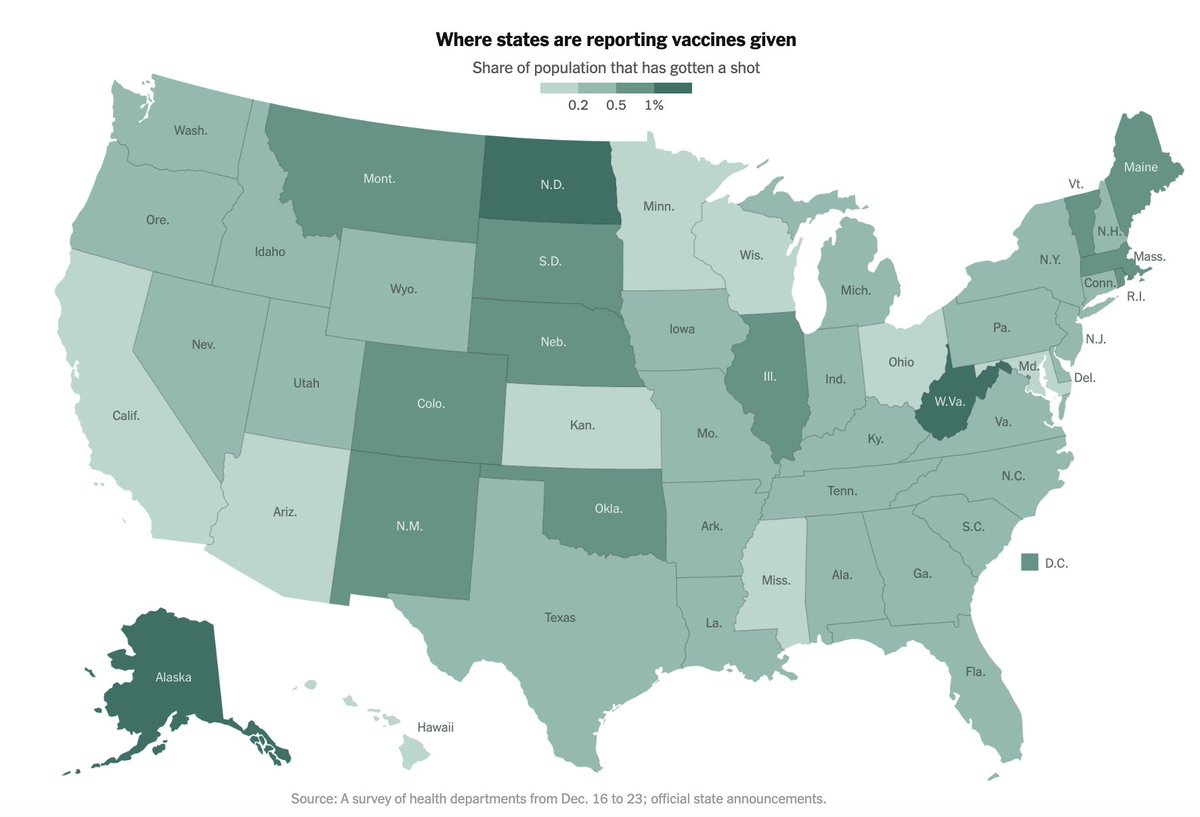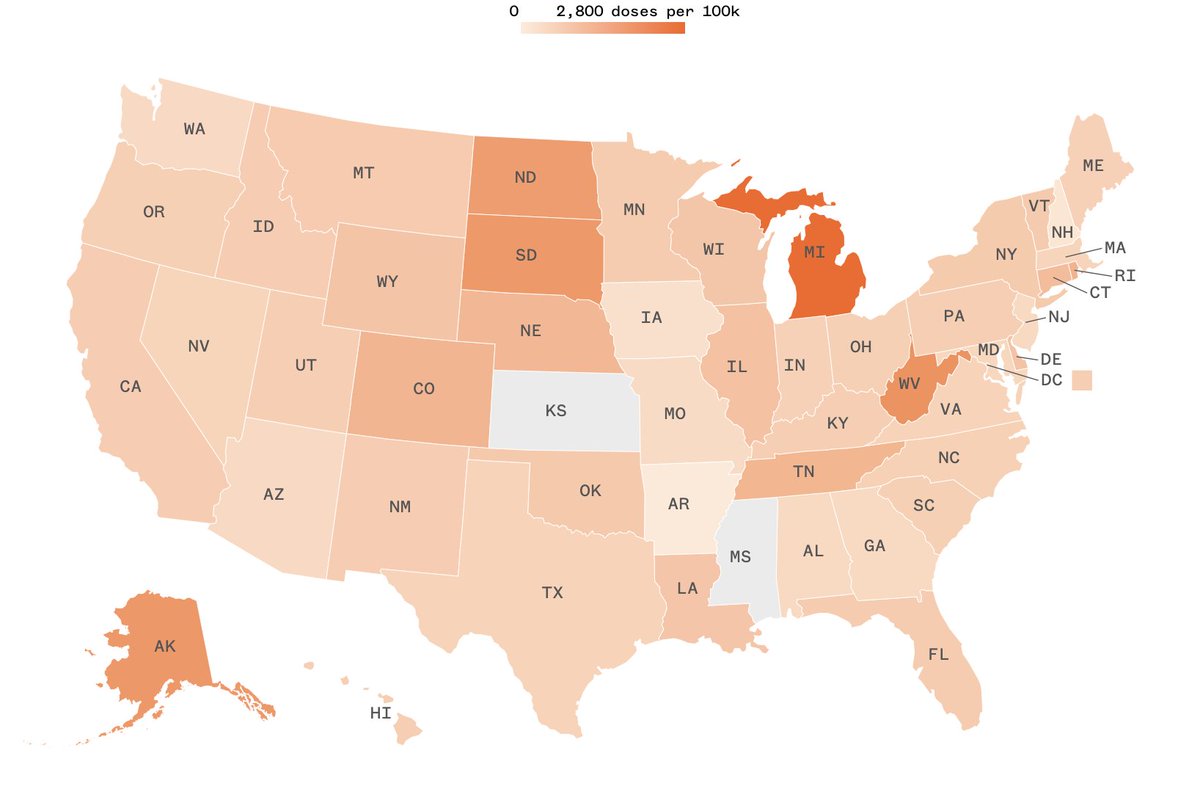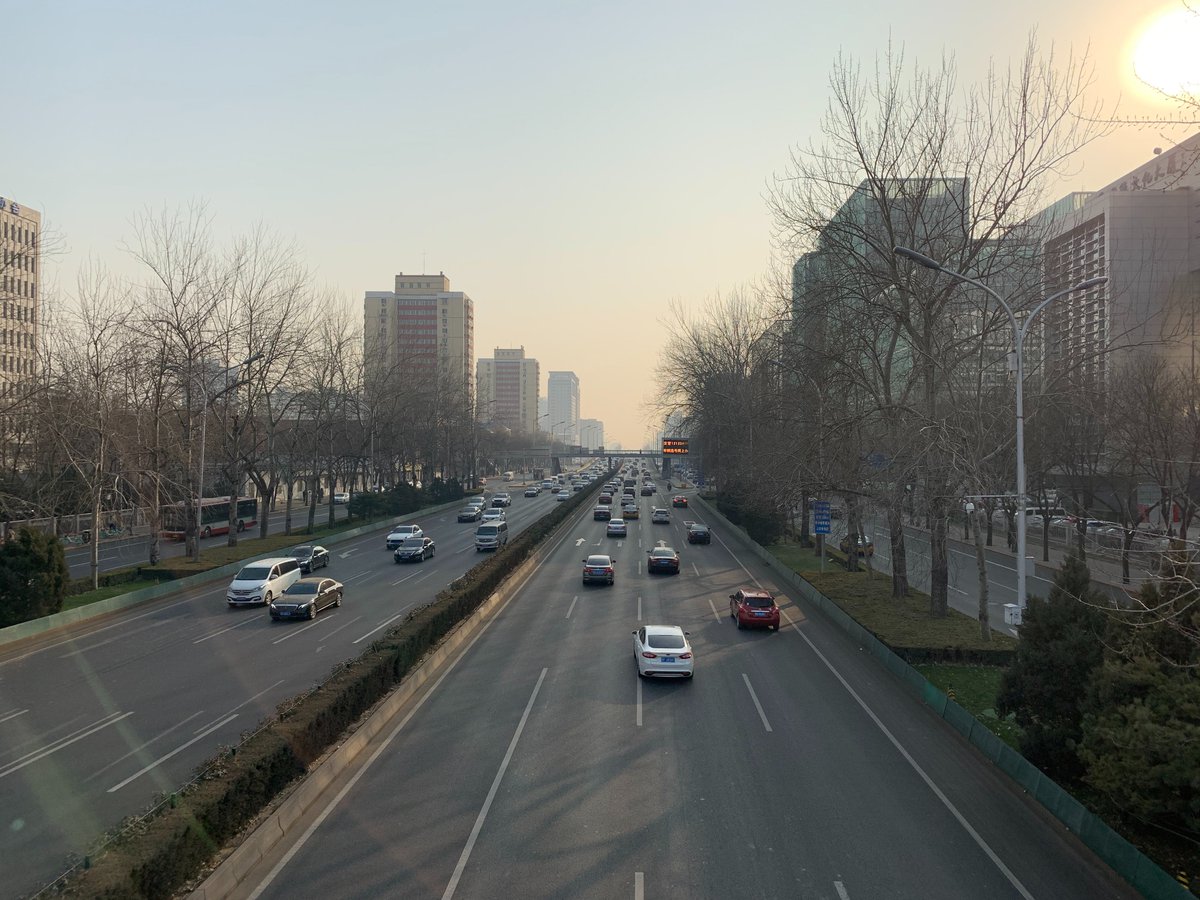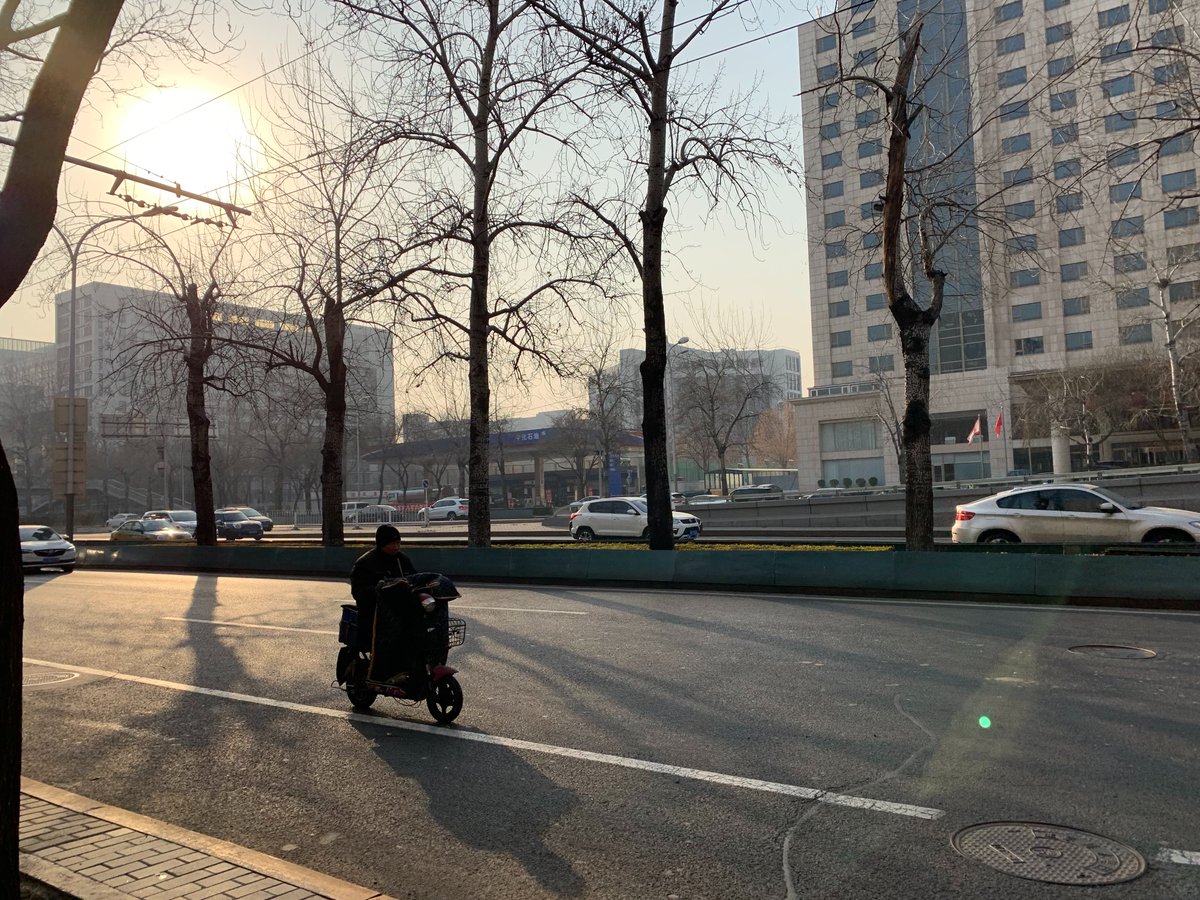
Vaccines don't save lives, vaccinations do. The Trump administration's plan to get vaccines in to the arms of Americans has largely failed, with now only 28.4% of the distributed doses administered. Here I propose my vaccination plan, leveraging key locations for vaccination. 
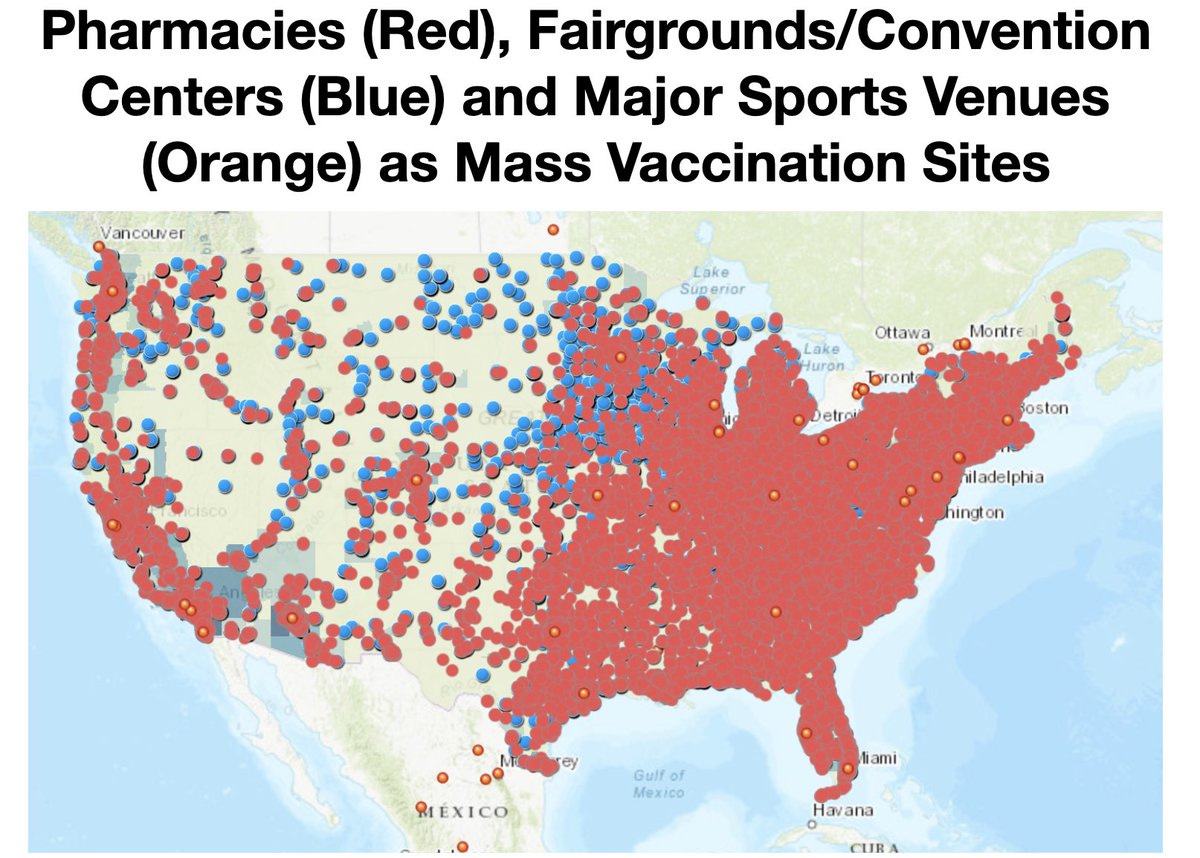
First, my initial tweet from over the weekend drawing attention to the issue:
https://twitter.com/bhrenton/status/1345576730333999106
Let's first identify the problem. Operation Warp Speed has excelled at producing a vaccine and accelerating its development, but it's the "last mile" problem that has failed. Underfunded health departments and lack of a federal plan has inhibited rapid vaccinations. 
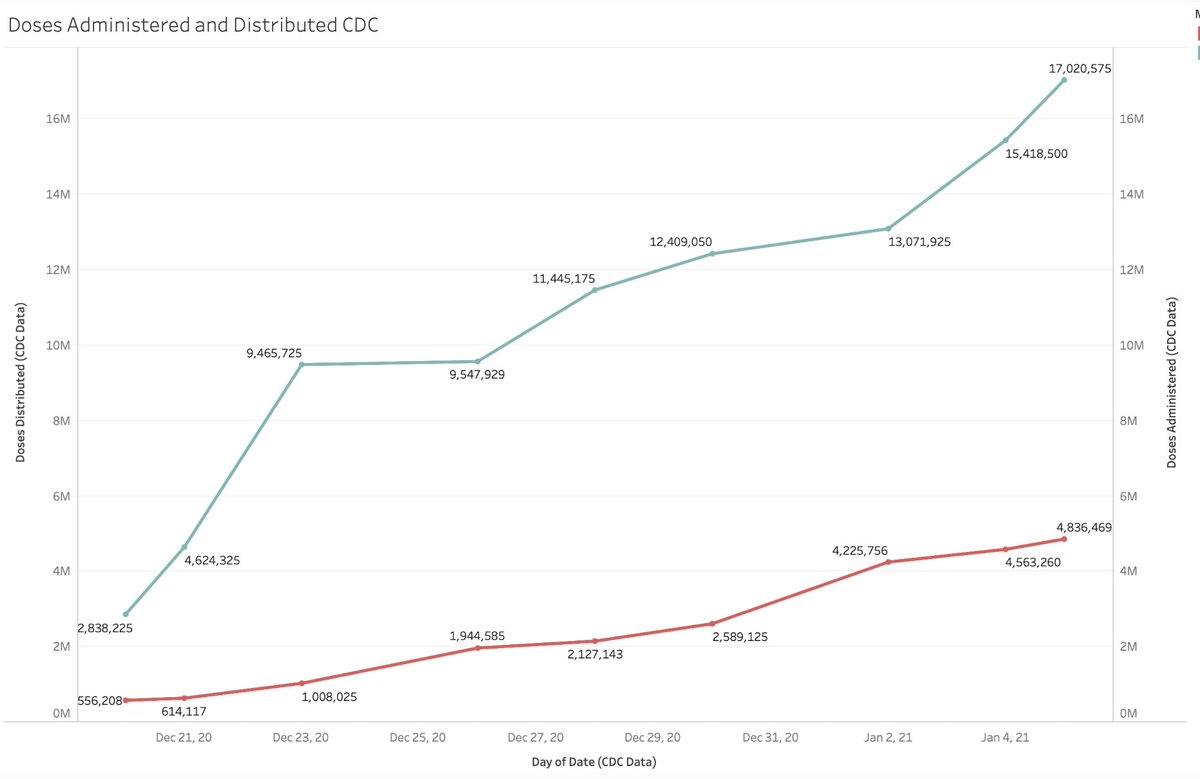
Additionally, America lags behind other nations significantly when it comes to vaccinations per capita. While speed will increase into this month, we still have more work to do. 
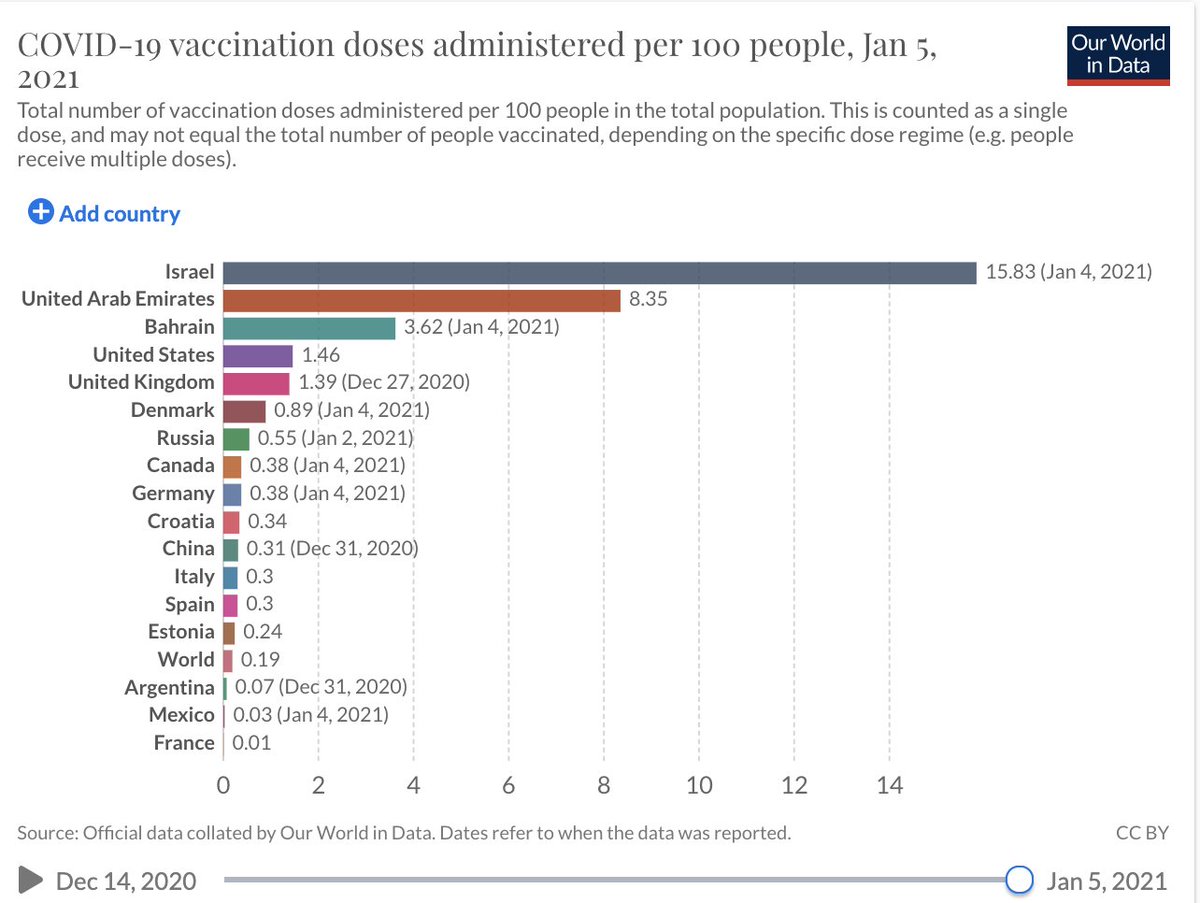
We have also seen discussion on whether to consider a single-dose regimen in order to speed up vaccinations. There are some valuable viewpoints captured here, but I will not weigh in as I believe that doses administered will never catch up to supply.
https://twitter.com/bhrenton/status/1346553452609073154
My vaccination plan is based around 3 components, all aiming to increase the number of opportunities (locations and times) that Americans can be vaccinated:
- Breadth
- Depth
- Equity
- Breadth
- Depth
- Equity
First, let us discuss breadth. The Trump administration has forged partnerships with ~37 pharmacy companies to help distribute vaccines. As we can see from this @NBCNews analysis, 80% of Americans live within 5 miles of a participating pharmacy chain.
nbcnews.com/health/article…
nbcnews.com/health/article…
We need more mass vaccination sites. As a geographer, I look at why places are located where they are and how they can best serve communities. Here are my criteria for a possible vaccination site:
- The site cannot disrupt normal function of society (schools less ideal)
- High throughput of individuals
- Need the ability to hold and monitor for allergic reactions
- Cannot cause a superspreader event during vaccination (no tight indoor spaces)
- High throughput of individuals
- Need the ability to hold and monitor for allergic reactions
- Cannot cause a superspreader event during vaccination (no tight indoor spaces)
The key here is while pharmacies will be a huge help, we need to increase our reach into "pharmacy deserts." @JoeBiden has advocated for vaccination mobile to reach rural America, but to enhance reach we turn to one place: the fairground.
washingtonpost.com/opinions/2021/…
washingtonpost.com/opinions/2021/…
Using geospatial analysis to estimate individuals' proximity to a fairground, convention center or exhibition center, we can see that 45% of Americans live within 5 miles of these locations. These are now often unused and suitable for mass drive-through or walk-in vaccination. 

These places are often also well-known to members of rural communities and function as a central meeting place. Possible layouts could include areas where individuals can drive through, placed in a holding lot to monitor for reactions, and then cleared. 
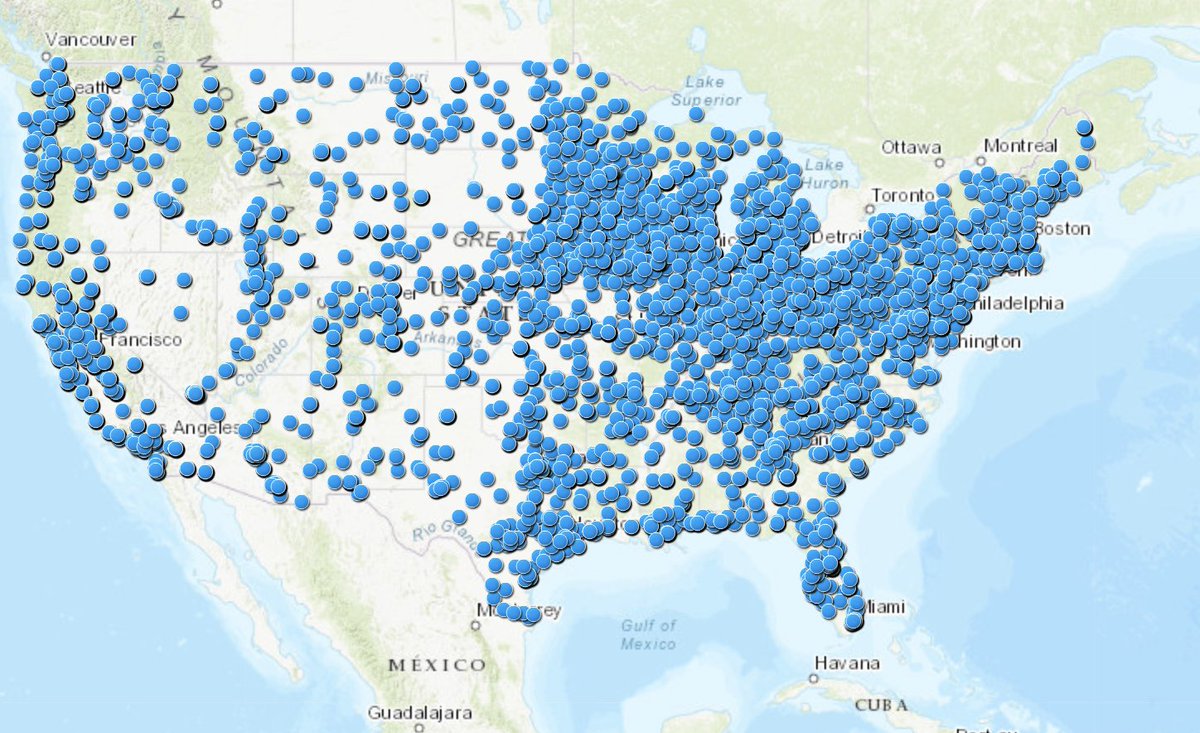
However, in urban areas, convention centers may not be enough. It is for this reason we discuss depth in vaccination: enabling high-capacity mass vaccination sites. For this, we turn to major sporting venues (MLB, NBA, NCAA, NFL, etc.). This is where depth comes in. 
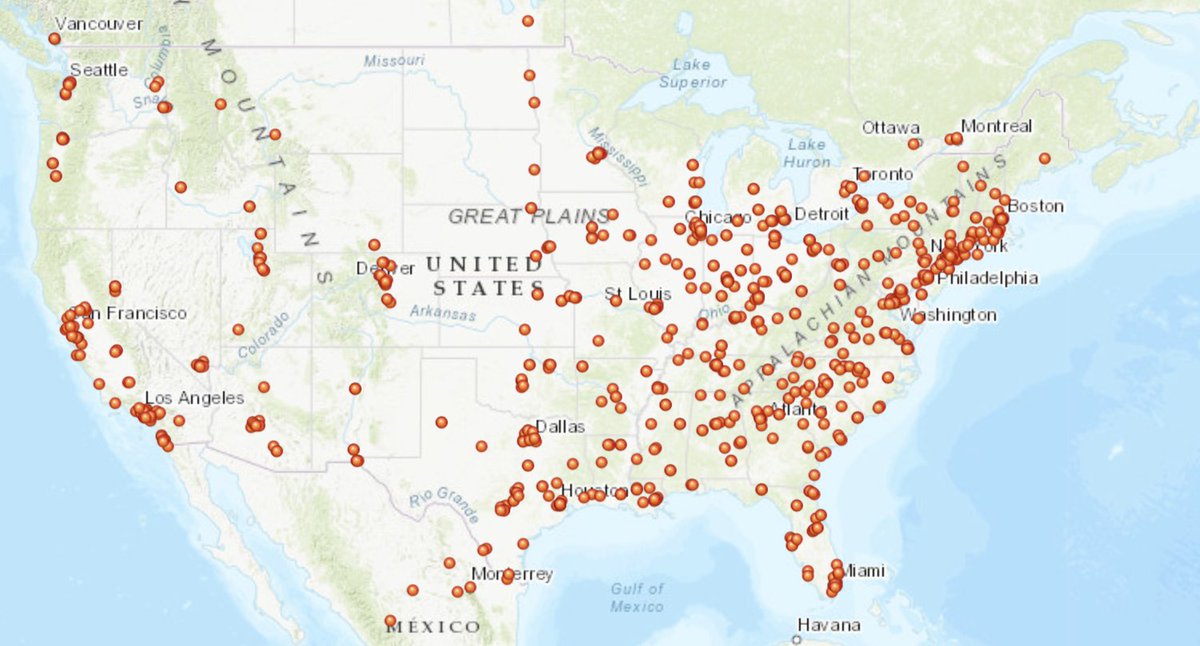
Experts such as @JReinerMD and @PeterHotez have called for these sites to be opened as mass vaccination centers. The federal government should forge partnerships with these organizations (good PR opportunity for them) and start setting then up.
https://twitter.com/PeterHotez/status/1345901163397476354
In addition to using stadiums, @andrewdornon has proposed using the National Guard, with which I agree.
andrewdornon.com/how-to-vaccina…
andrewdornon.com/how-to-vaccina…
43,376,740 people (13.22% of the population) live within 5 miles of a stadium. In order to promote easy access, I propose vaccination shuttles in urban areas to enable people to travel to these sites. As @MarkLevineNYC points out, they should be open 24/7.

https://twitter.com/MarkLevineNYC/status/1346454171541786624
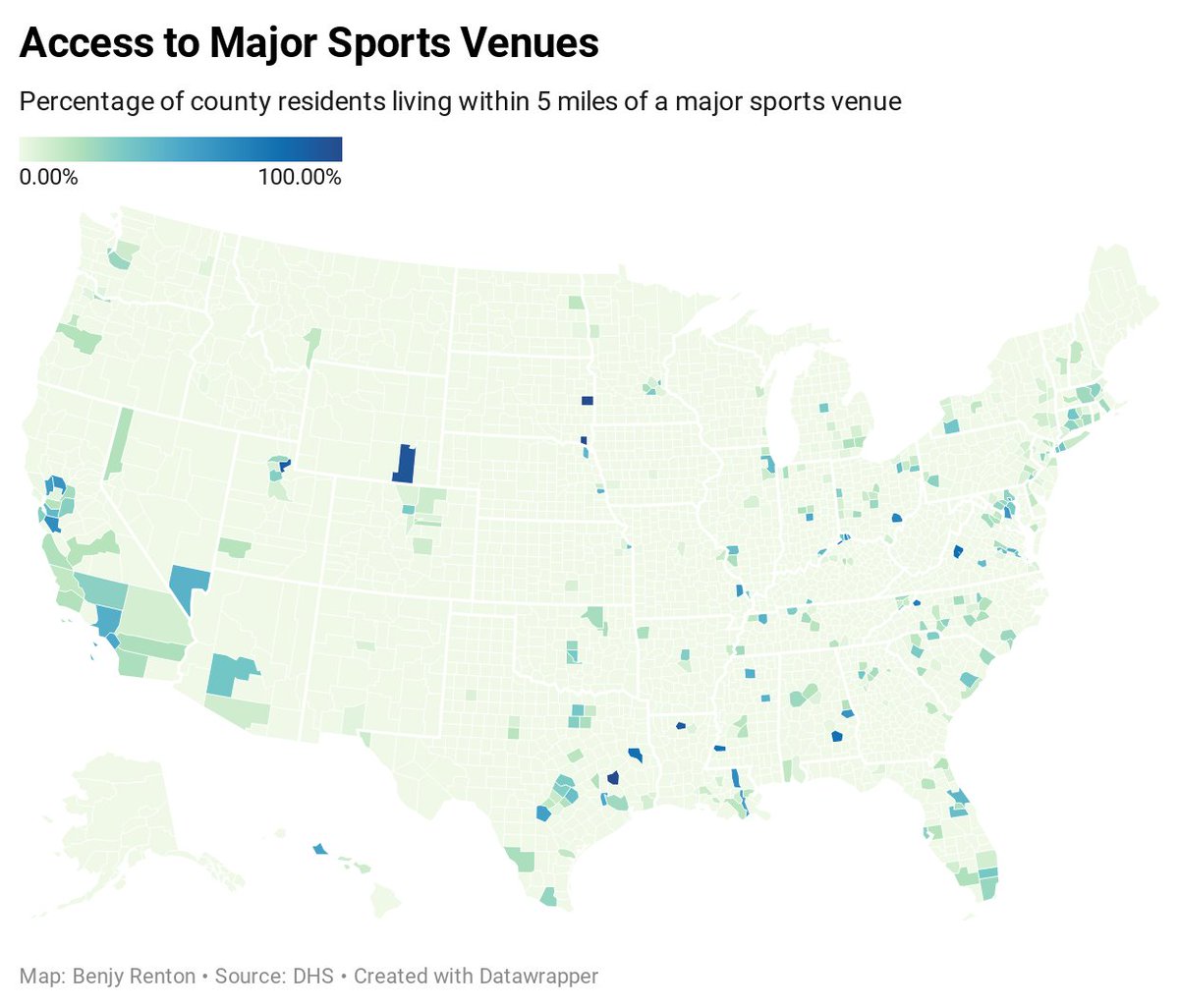
We must also consider vaccination equity, ensuring that minority (including undocumented) communities are able have easy access to a vaccination site. For this, we turn to the MLB. Its 29 stadiums in the US are often located in urban areas. 
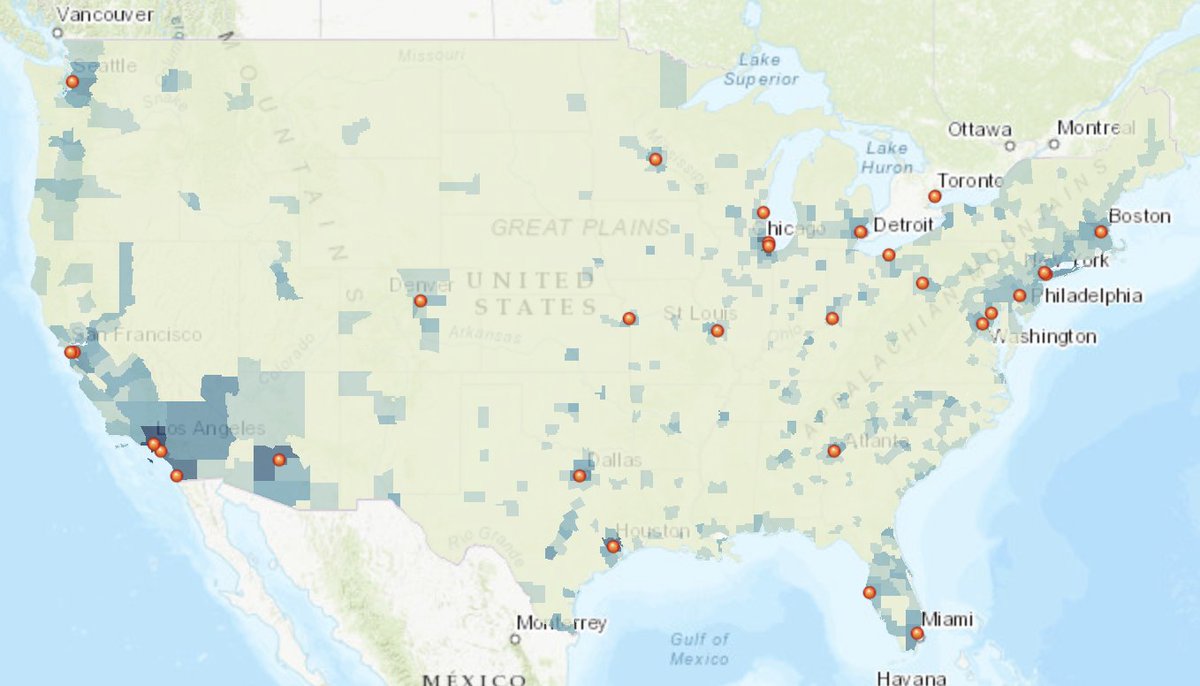
MLB stadiums are critical locations to help address racial and ethic inequities. In counties with stadiums, the average percentage of Black residents is 22%, compared to 9% in counties without stadiums. For Hispanic residents, those statistics are 19% and 11%. 

We must also highlight inequities in the pharmacy network. This is a map of participating pharmacy chains (red dots) overlaid with the percentage of Black residents in counties (blue shading). 
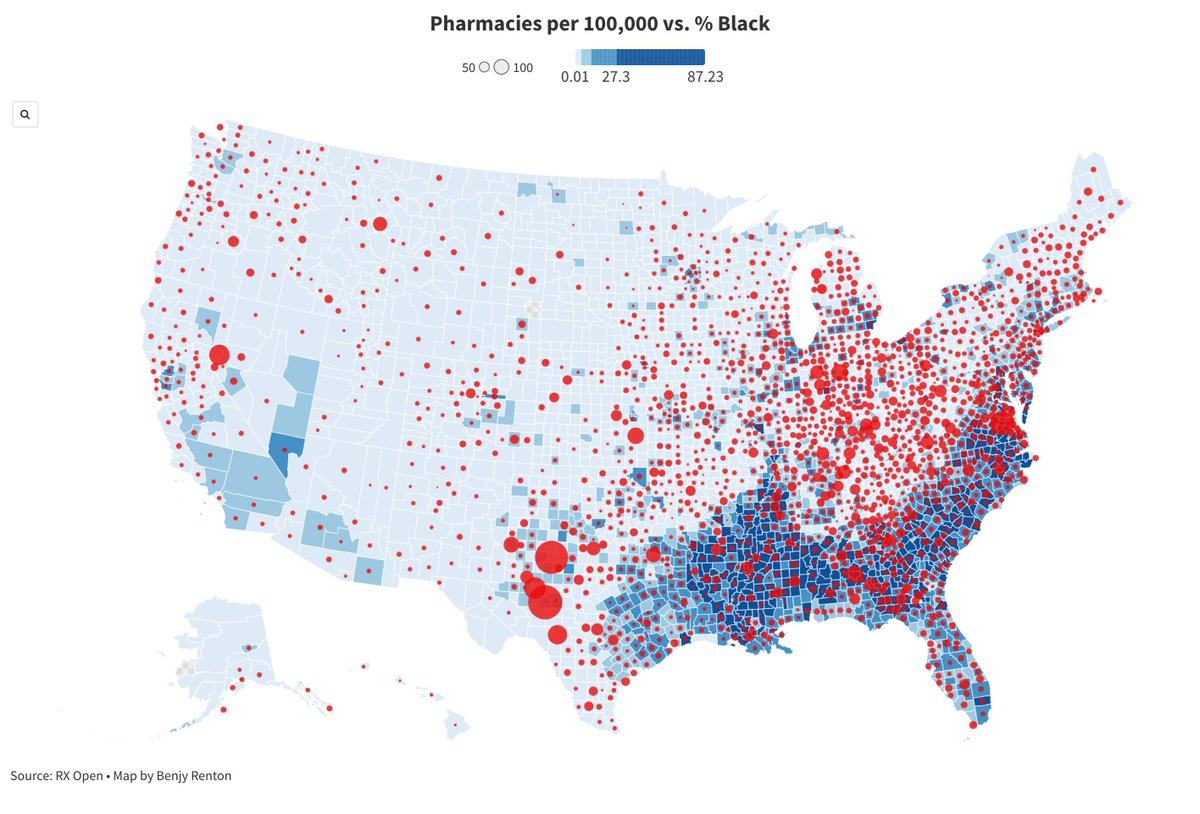
As we can see from this scatter plot, some counties (especially those in the South) have high proportions of Black residents but low numbers of pharmacies per capita. This is why not 1 type of location (pharmacies) will solely work; enhancing our portfolio of sites is necessary. 
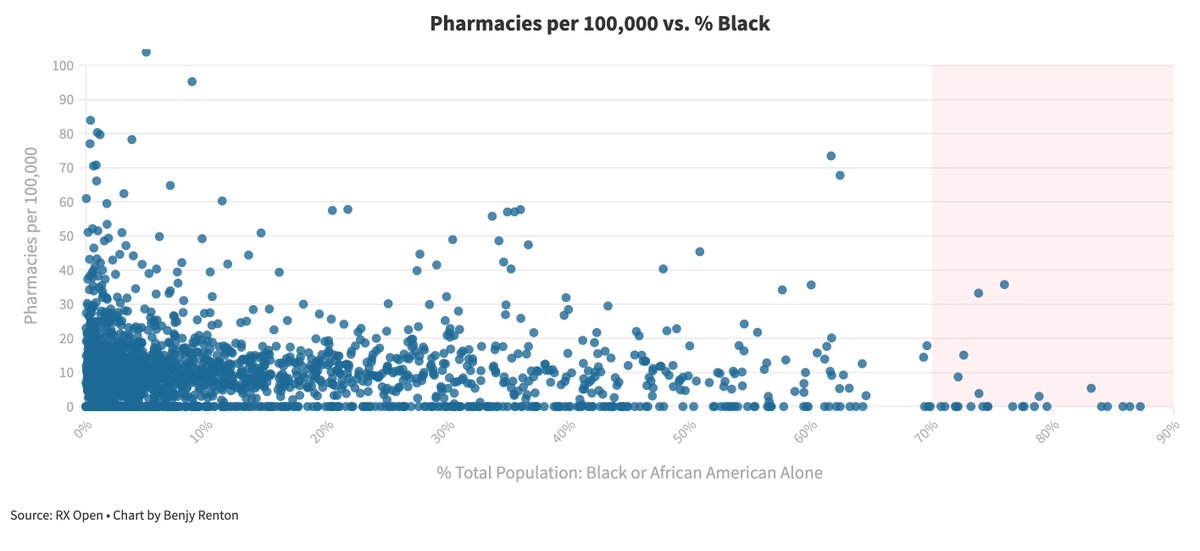
Put together, we can see that these three types of sites (pharmacies, fairgrounds/convention centers and major sports venues) are incredible useful. I propose that the federal government set a goal of having x% of the population within 5 miles of a vaccination site. 
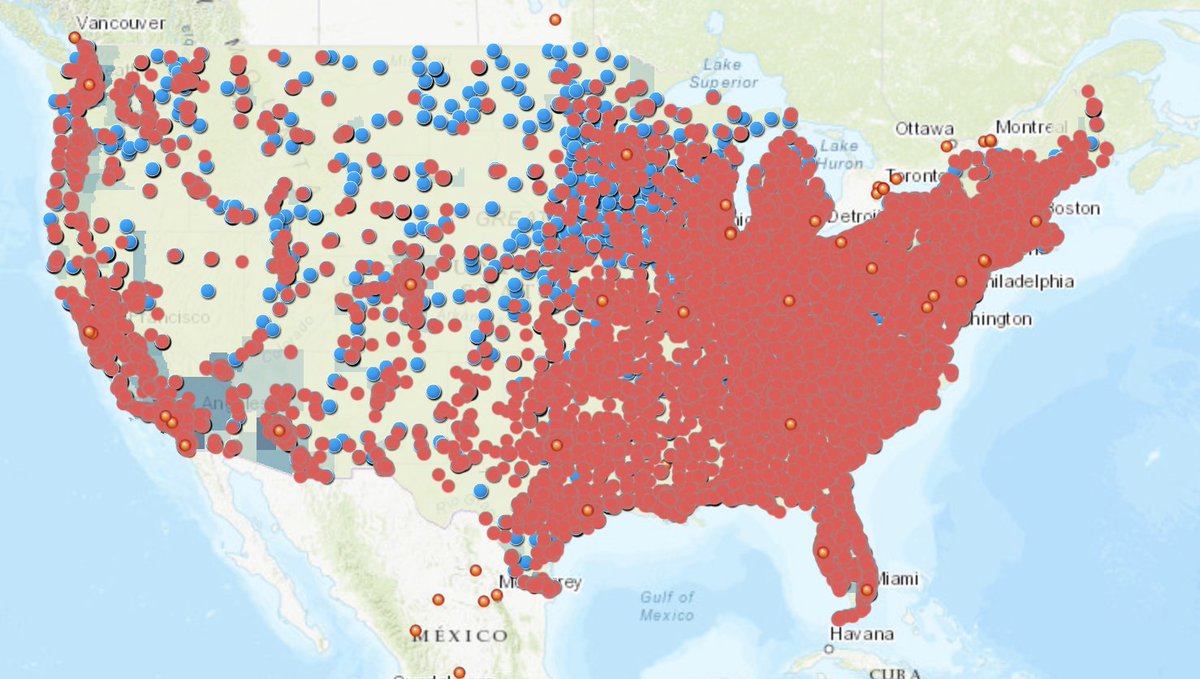
In order to fulfill cold chain requirements and for shipping efficiency, I propose a hub-and-spoke model for shipment, especially in rural areas. Vermont uses this for opioid use disorder treatment and it has shown impressive results.
ncbi.nlm.nih.gov/pmc/articles/P…
ncbi.nlm.nih.gov/pmc/articles/P…
Hubs could include local or county health departments, who would then dispatch vaccines to vaccination sites (fairgrounds, etc.)
In addition to the locations of sites, infrastructure needs to be built up, including reservation systems and the ability to fill out paperwork electronically. EventBrite is simply not going to cut it.
vice.com/en/article/pkd…
vice.com/en/article/pkd…
We also need to invest in human capital, as @DrLeanaWen points out. "We should be enlisting community health workers, retired health professionals, and medical, nursing and dental students." Funding health departments would go a long way.
washingtonpost.com/opinions/2021/…
washingtonpost.com/opinions/2021/…
I would also call on the federal government to be even more transparent with their vaccination data, posting a list of sites nationwide where individuals can go to get vaccinated (I believe such a system is currently in the works).
covid.cdc.gov/covid-data-tra…
covid.cdc.gov/covid-data-tra…
Geography must be considered at all aspects of the rollout plan — analysts should consider social vulnerability and equity when it comes to the placement of new vaccination sites. Simply increasing access by a few miles for people will go a long way.
Finally, we need public education campaigns, as @RickABright has repeatedly pointed out. Public health officials should be providing vaccination services in multiple languages, with multilingual informational materials easily accessible.
I am incredibly optimistic for the work of @Transition46 after January 20, as @juliettekayyem has said. The suggestions I have outlined represent a small portion of a complete governmental response to an immense health crisis.
Welcome your feedback.
Welcome your feedback.
https://twitter.com/juliettekayyem/status/1346163886538579972
Thanks to @meganranney and @ErinSandersNP for the initial proposal of considering stadiums as mass vaccination sites, and to others for their input.
(I'd also like to note that this plan came out in less than 2 weeks, faster than Trump's healthcare plan.)
washingtonpost.com/opinions/2021/…
(I'd also like to note that this plan came out in less than 2 weeks, faster than Trump's healthcare plan.)
washingtonpost.com/opinions/2021/…
For those interested in browsing a map of proposed sites, you can do so here. Site locations were pulled from DHS' Homeland Infrastructure Foundation-Level Data.
arcg.is/8uuyS
arcg.is/8uuyS
One additional note: I'd like to commend the efforts of individual states to transforms some of the places I suggested into mass vaccination sites. Here's one example — there are many more. Now we need is a concerted federal effort.
wlky.com/article/remind…
wlky.com/article/remind…
I also acknowledge there are limitations to the analysis I have presented, including reaching tribal communities, cold storage issues and others. I welcome your comments and hope we can have a productive discussion. This is not a one-size-fits-all approach.
cc @CT_Bergstrom @JeremyKonyndyk @RonaldKlain @CyrusShahpar @DrTomFrieden @GeoRebekah @jaketapper @ASlavitt @CarlosdelRio7 @ashishkjha @Bob_Wachter @celinegounder @ZekeEmanuel @DrNunezSmith @chrislhayes
• • •
Missing some Tweet in this thread? You can try to
force a refresh

